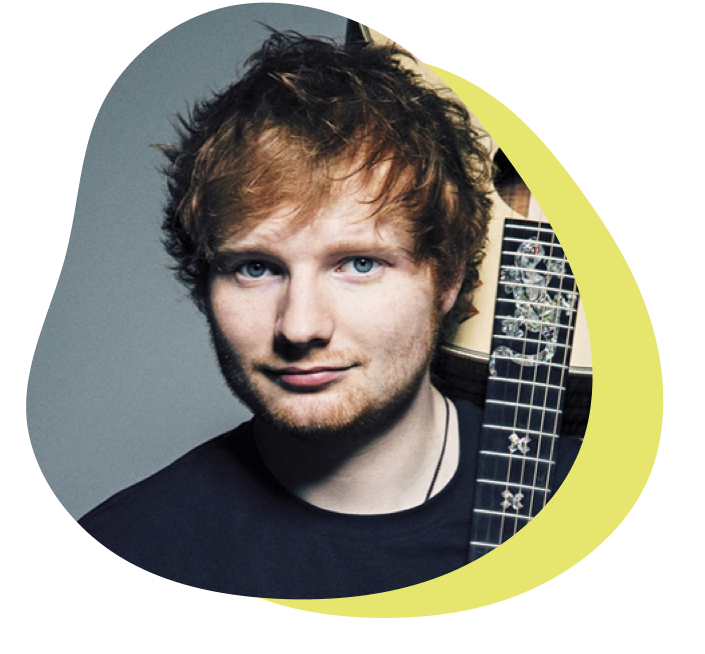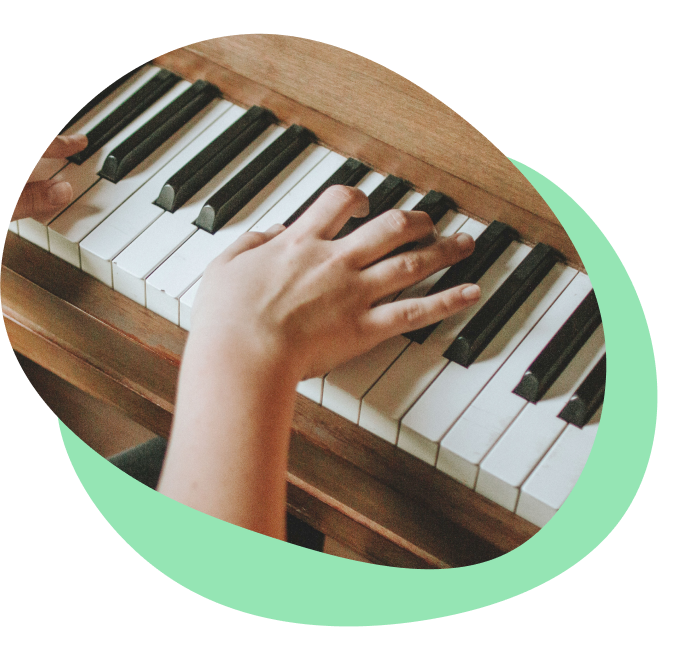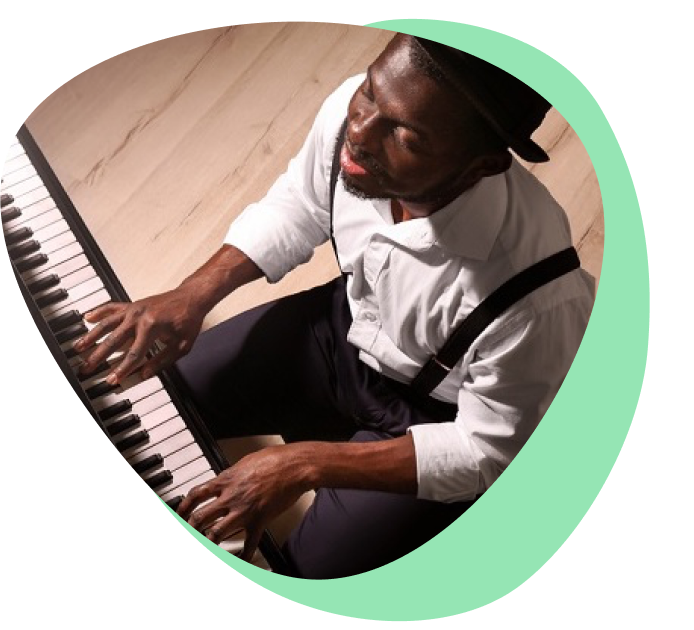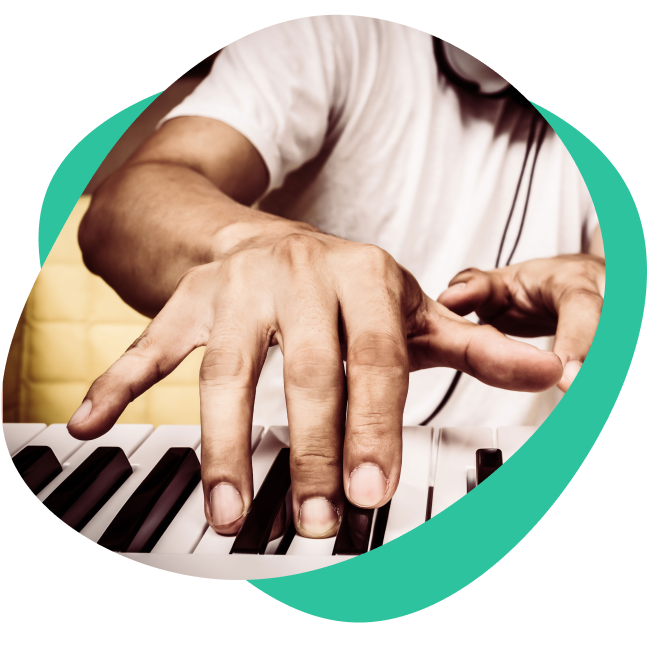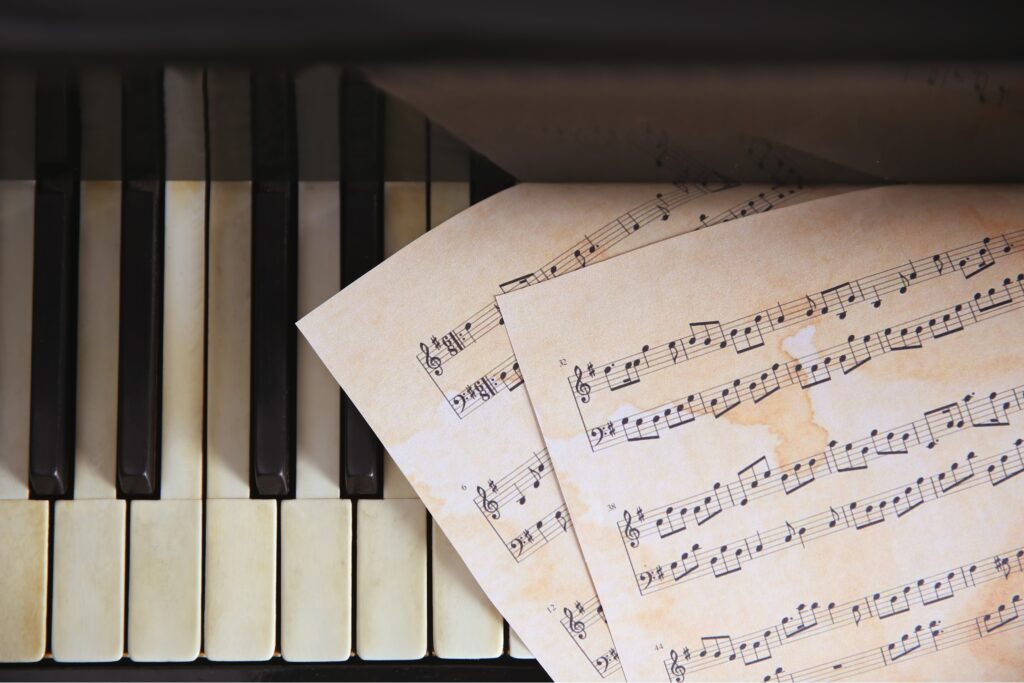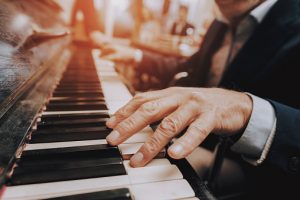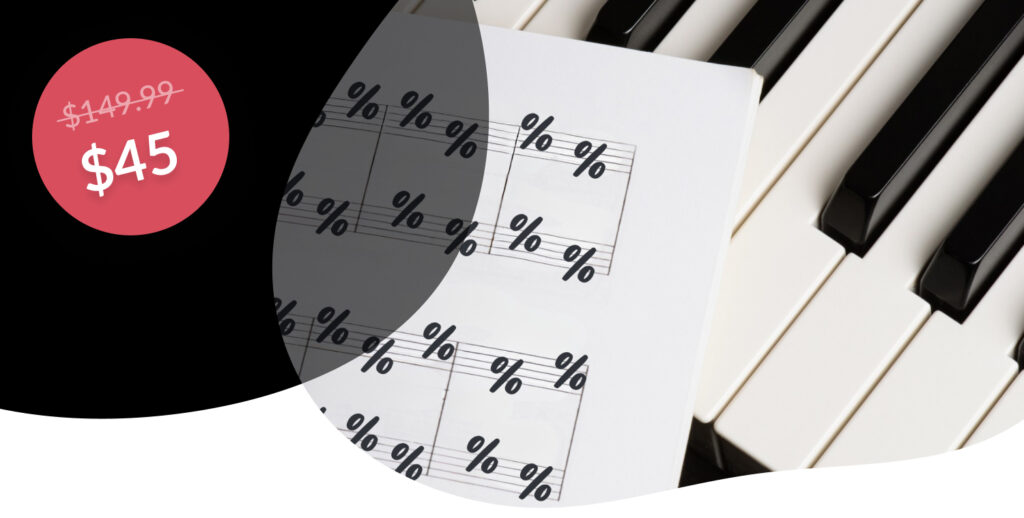Music symbols are used to convey music in its written form. They show musicians how to play everything from notes, rhythms, performance directions and dynamics to the structure of pieces as a whole. As you can imagine, knowing how these symbols look and understanding what they mean is crucial for someone learning how to play piano or any musician who wants to read sheet music. Skoove is here to help with this reference guide for all the symbols you need to get started and more. Let’s take a look at the interesting world of musical symbols!
- Fall in love with the music - Learn your favorite songs, at a level suitable for you.
- Enjoy interactive piano lessons - Explore courses covering music theory, technique chords & more.
- Get real-time feedback - Skoove's feedback tells you what went well and what needs practice.
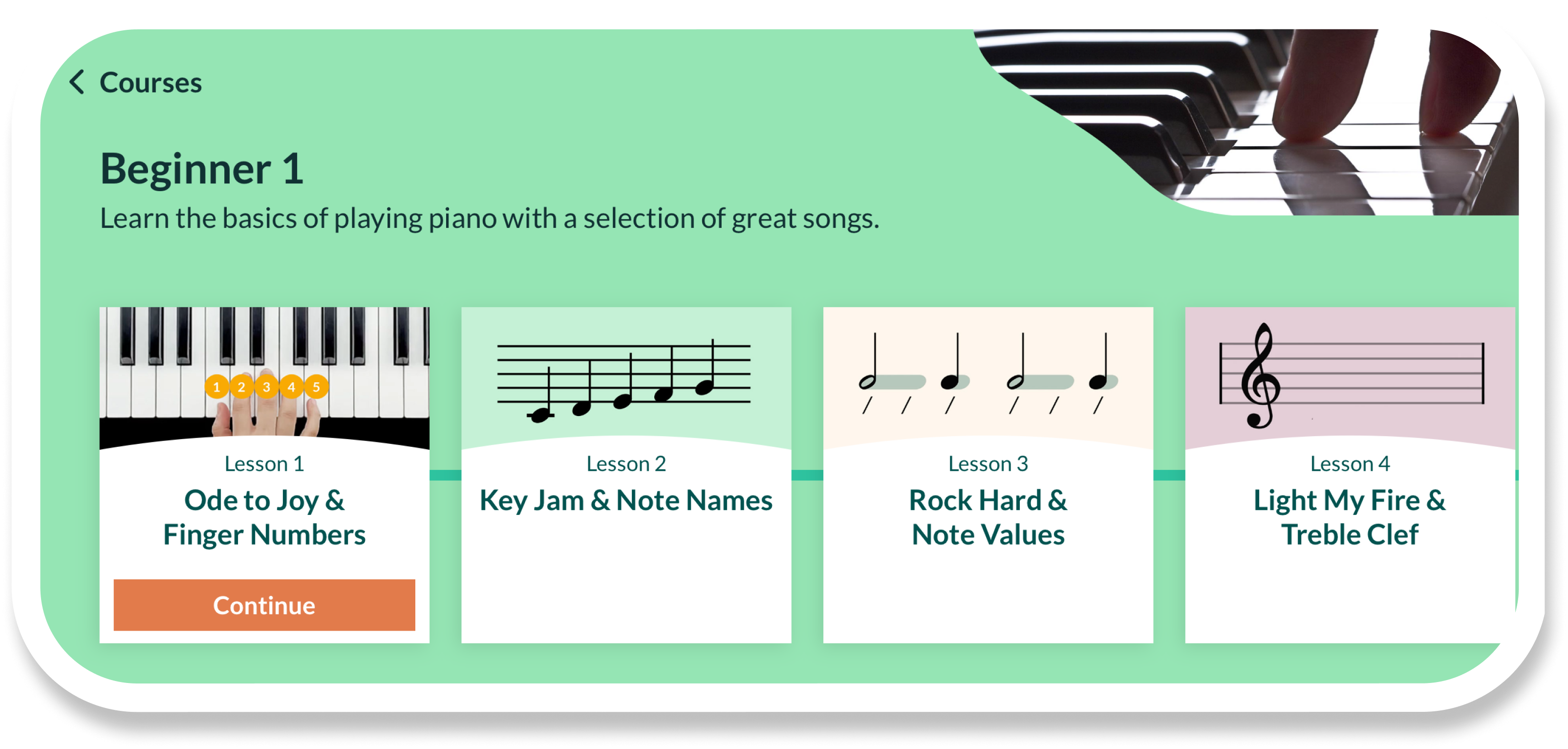
What are music symbols?
Music symbols are the written language of music. They represent pitch, rhythm, dynamics, expression and everything in between. These symbols help musicians interpret what is written on a page. They show a musician everything they need to know about a piece of music before playing it. They convey rhythms, pitches, how fast to play a piece and much more. Let’s start by looking at some basics of note values and rests. The symbols tell us how long to hold notes and when not to play.
Note values and rests
Musical note values and rest are the symbols musicians use to write down rhythms. Let’s take a look at what these symbols look like and how they are used in written music.
Note values in music
Note values dictate the amount of time value, measured in beats, that each note is worth. Note values are shown by three parts of a note: the stem, head and flag.
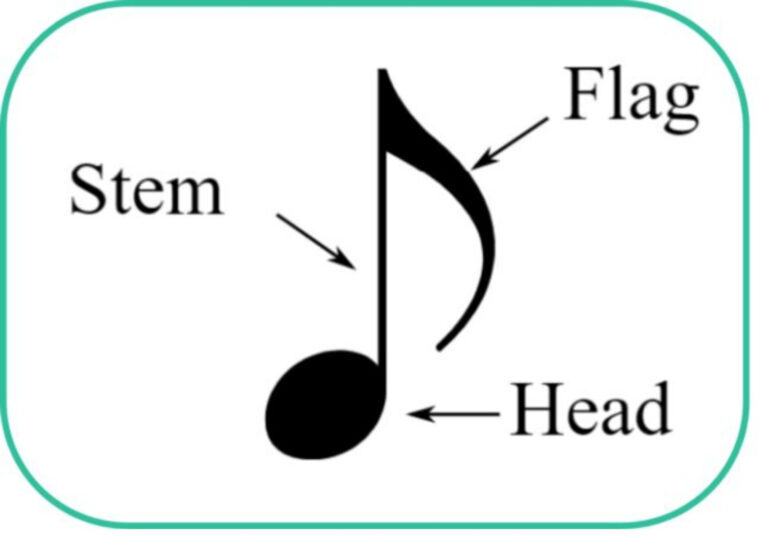
Take a look at this handy guide showing the relative value of the most common note values:
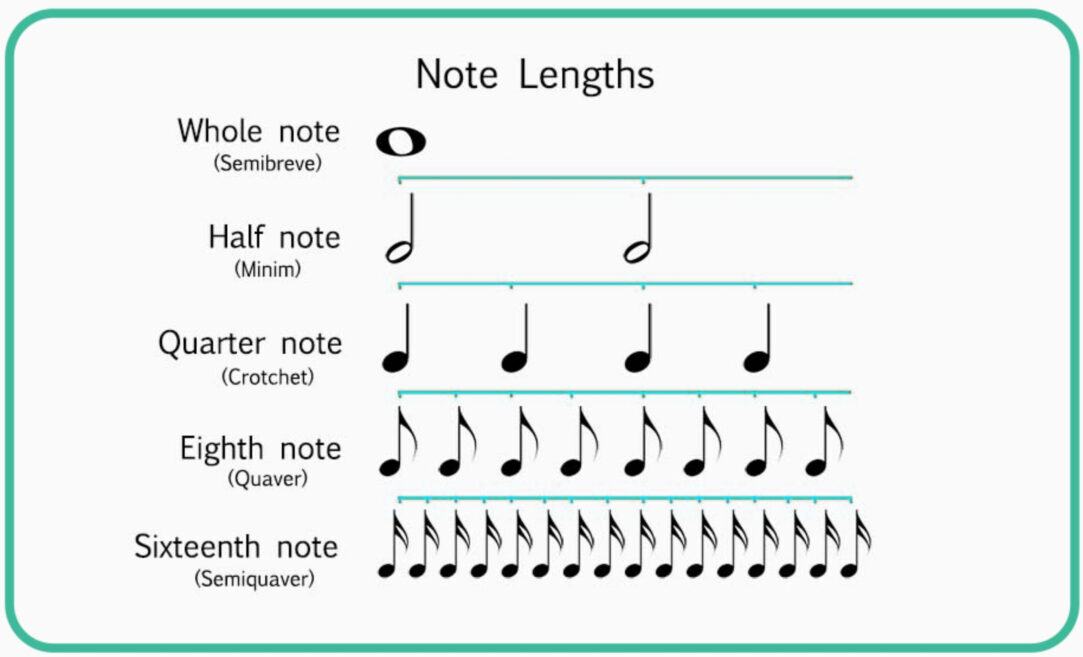
Ties in music
A tie in music is a way of increasing the length of a rhythmic value by combining two notes of the same pitch. A quarter note is worth one beat. However, when a tie links two quarter notes across the bar line, it is worth two beats (beat four + beat one).

Dotted notes
A dotted note is a rhythmic notation that adds half of the original note’s value to its duration. For example, a dotted half note (minim) lasts for the duration of a half note (two beats) plus a quarter note (one beat) equaling three beats total.


Rests in music
In music theory, we use rests to indicate silence. Rest, much like notated pitch durations, vary in length. Exploring each different rest symbol and duration helps when comprehending their functions and importance in written music.

Dotted rests
Dotted rests work in the same way as the dotted notes do. They increase the value of the rest by half of the initial value. For example, a dotted half note rest (minim) lasts for the duration of a half note (two beats) plus a quarter note (one beat) equaling three beats of rest total.
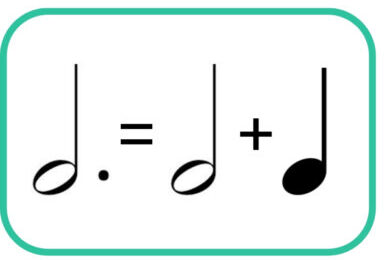
Double dotted notes
Double dots follow the same rules as single dotted notes but the added value from the second dot is from the duration of the amount the initial dot adds.

Multibar rests
When rests are continued for multiple bars to save space and make it easier for musicians to keep track of bars, multi-measure rests are used. The above number refers to how many bars you rest for.
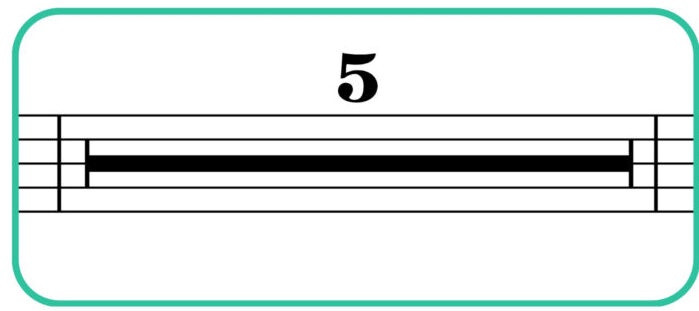
Notes and rest chart
This notes and rests chart shows how the equivalent values of notes and rests look together understanding this will help you recognize the time values you see in sheet music.
The staff and notation basics
Staff and musical notation basics let musicians convey written pitches and combine note values and rest together to form bars, rhythms, melodies and songs. Let’s take a look at these symbols and how they are used.
The stave/staff in music
A musical stave or staff is made up of five lines and four spaces. The staff is used to show the pitches of notes in conjunction with a clef.

Clefs and their different types
A clef is a symbol that shows you how to read a staff. They come in different forms, most commonly treble (G clef), bass (F clef), alto (C clef) and tenor (C clef), and show which pitches belong to each line and space. Using different clefs allows for different pitch registered to be displayed comfortably on the staff.
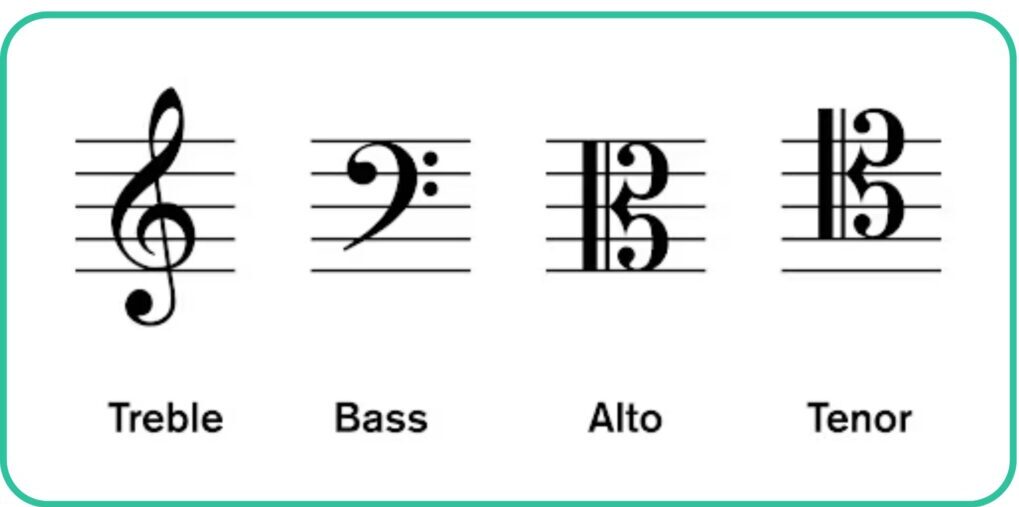
Ledger lines
Ledger lines are used to show pitches that fall outside the five lines of the staff. They act as extension of the lines and spaces.

Musical braces
A brace is a symbol that connects two staves. It is used to link two staves into one musical part. This can be seen in piano parts, the clefs distinguish between what is played in each hand.
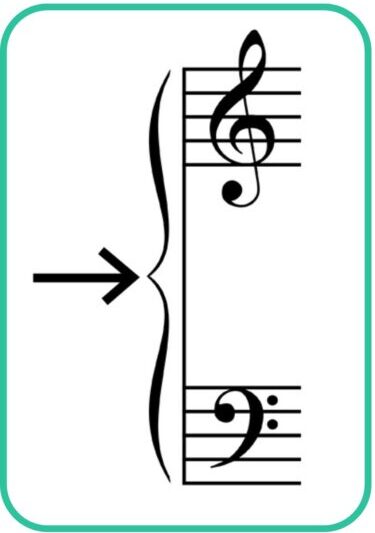
Musical brackets
A bracket in music groups multiple instrumental parts together into sections. This symbol can often be seen in choral or orchestral music.

Key signatures
A key signature tells you the key a piece by indicating which notes are flat or sharp. These symbols are placed at the beginning of a piece of music but can change throughout a score as the key changes.

Time signatures
A time signature tells you how to count the music you are playing. It denotes how many and what type of beats make up a bar.
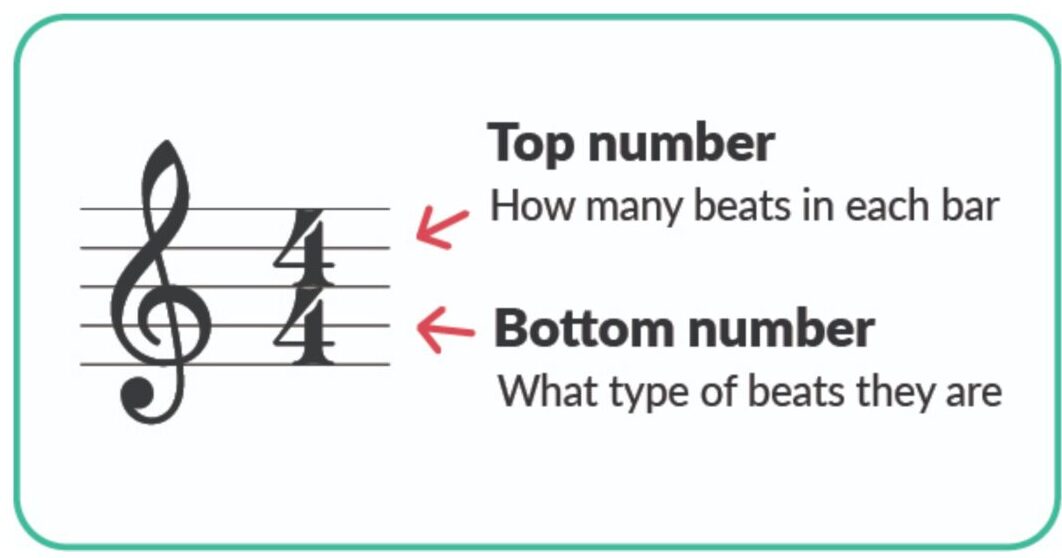
Common time
Common time is a shorthand for a 4/4 time signature using a C that means four crochet (quarter notes) per bar.
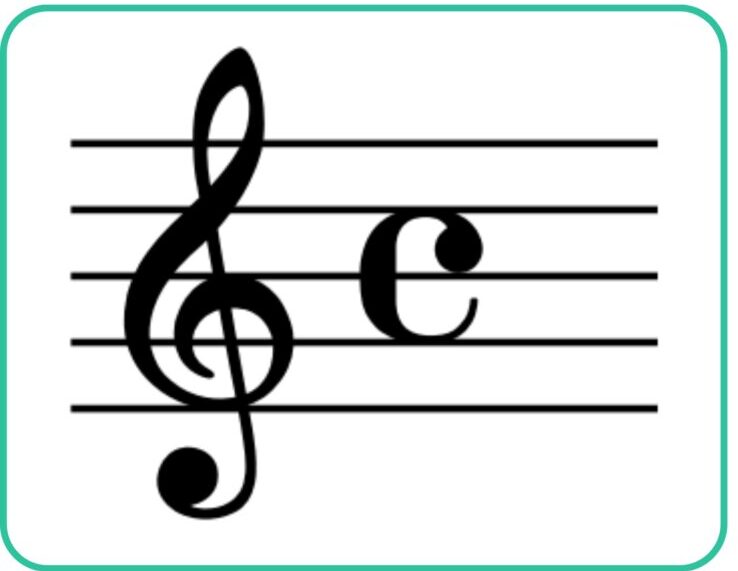
Cut time
Cut time is a shorthand for 2/2 time meaning two minim (half note) beats per bar.

Tempo markings
Tempo markings dictate the tempo of written music at the start of a piece. Tempos can also be changed throughout a piece. Tempo markings can be shown with a note value and number, this shows the amount of this beat that should occur within a minute (BPM/beats per minute). In this example we see a tempo of 120 crotchet bets per minute. Italian terms can also be used such as the common ones in this table.

Ritardando (rit.)
A ritardando or rit. is a tempo direction meaning to gradually slow down.
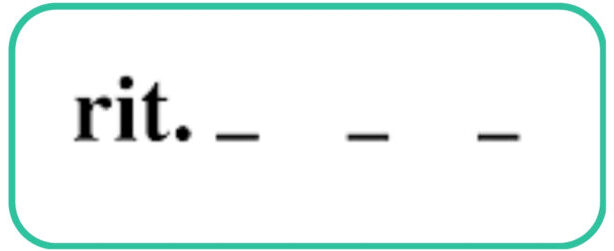
Accelarando (accel.)
A accelarando or accel. is a tempo direction meaning to gradually speed up.

Pitches and accidentals
Pitches and accidentals, in conjunction with clefs, are how musicians convey the pitch of a note.
Pitch in music
Pitch describes how high or low a note sounds. Pitches are indicated by a notes position on a stave and are dictated by a clef.

Sharps
A sharp raises a note a half step from its natural pitch making it slightly higher.
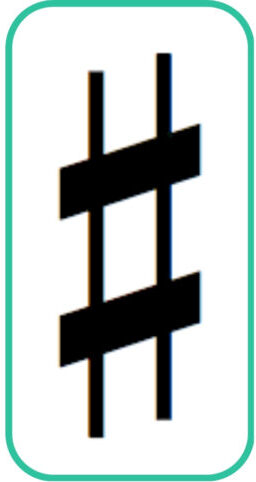
Flats
A flat lowers a note a half step for its natural pitch making it slightly lower.
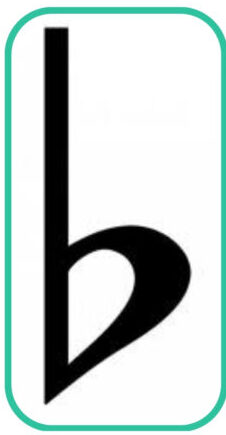
Naturals
A natural sign is used to cancel a sharp or a flat returning the note to its natural pitch (a white key).
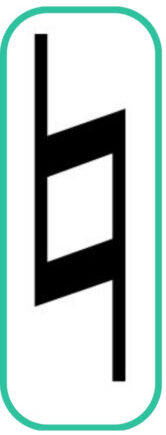
Double sharp
A double sharp raises a note by two half steps from its natural pitch.
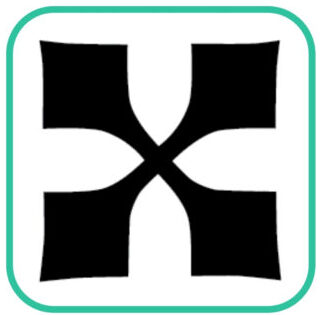
Double flat
A double sharp lowers a note by two half steps from its natural pitch.
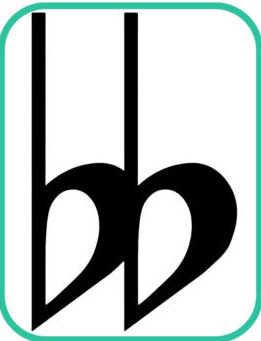
8va/8vb symbol
These symbols tell you to play the dotted bracket passage an octave higher (8va) or lower (8vb) than written.

Bars, measures and endings
Bars, measure and endings are symbols musicians use to divide up music so it is easy to break down into manageable readable sections and chunks.
Bar lines
A bar line divides musical rhythms into bars or measures; this symbol helps musicians navigate music and organine timings and rhythms into manageable chunks.

Double bar lines
A double bar line is a barline that is used to bring attention to major changes or new musical sections.

Final bar lines
A final barline shows the ending of a movement or piece of music.

Dotted bar lines
A dotted barline is used to show subdivisions of complex bars and rhythms.

Structure and navigation symbols
Written music makes use of symbols and directions to provide a navigation structure for a piece. This can often make the structure of a piece easier to understand and can conserve time and space as it saves rewriting sections and passages.
Repeat sign?
Repeat signs indicate a section that should be repeated. This section is enclosed by a start and end repeat barline.
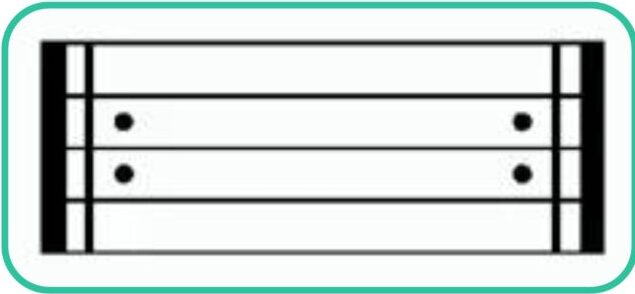
First and second endings
First and second endings provide different endings for repeated sections. They are often used to reduce length of written music and simplify structure/section layouts.

Da Capo? (D.C.)
Da Capo or D.C is a structure instruction that tells the reader to go back to the start of a piece of music.

D.C. al Fine (Da Capo al Fine)
D.C al Fine means go back to the start of a piece of music and play up to the ‘Fine’ symbol which shows where the music ends.

What is Dal Segno? (D.S.)
Dal Segno or D.S. means ‘from the sign’ it is an instruction to play from a special marker called the ‘segno’.
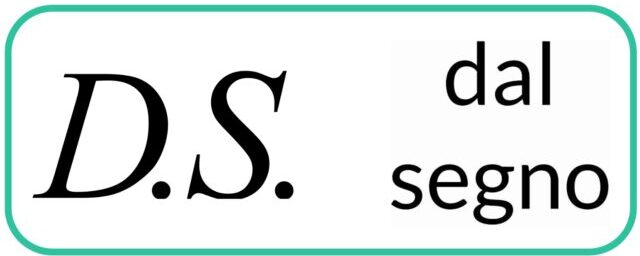
Segno
A segno is the symbol that shows you where to play from by the instruction of a ‘D.S’ or ‘Dal Segno’ symbol.
Coda
A coda is a passage that brings a piece of music to an end. This will be at the end of a piece often clearly shown by an indented stave and a coda symbol.
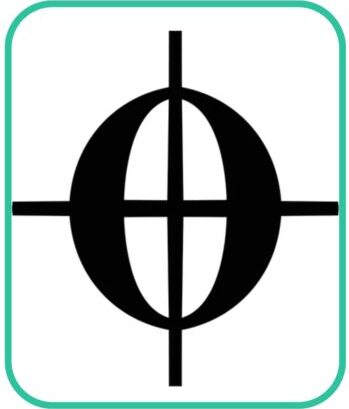
A to coda is a symbol that tells you to jump to the coda symbol and play from there to end a piece.

D.S al Coda (Dal Segno al Coda)
This instruction means return to sign and play to the ‘To Coda’ symbol where you then play from the coda.

Fine
A Fine is a musical symbol that shows the end of a piece after previous structure instructions such as a ‘D.C al Fine’.
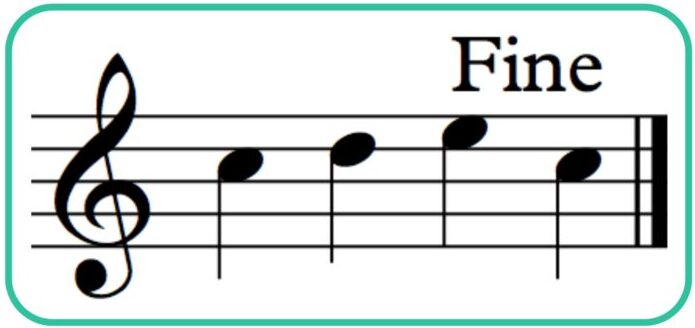
Articulation and expression marks
Articulation and expression markings are the way in which the nuances of notes and phrases are conveyed in written form. Let’s take a look at some of the most common ones.
Legato
Legato means play notes smoothly and connected. Legato can be notated with either a written direction or a slur marking.

Slurs
A slur is a curved line used to show smoothly connected notes or to show phrases as a phrase marking.
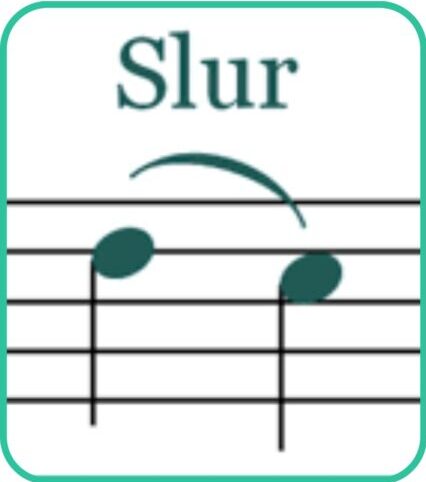
Ties
A tie connects two notes of the same pitch to create one note of the combined duration.
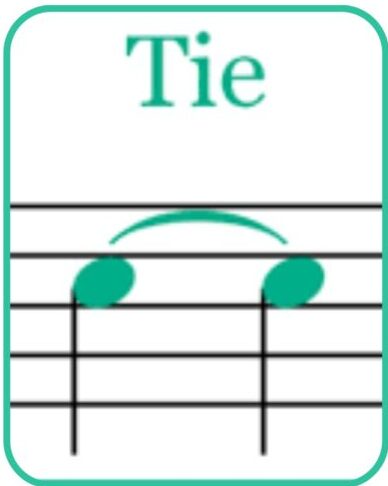
Accents
An accent is shown by a right facing arrow above or below a note. Accented notes should be played louder or more forcefully.
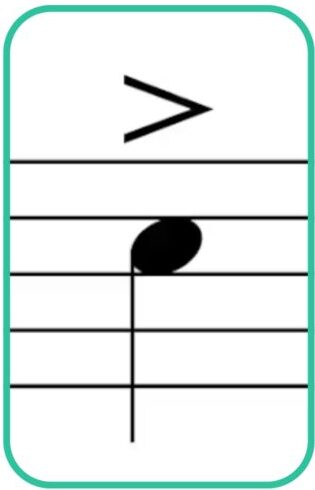
Staccato
A staccato dot above or below the note means play the note short and detached, half the value of the its standard duration.
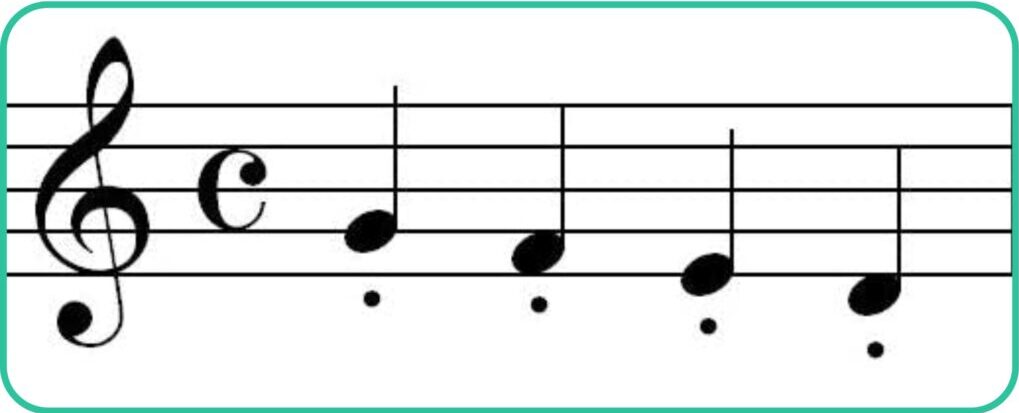
Semi-staccato and portato
Semmi-stacatto, also known as portato, requires the notes to be played slightly detached but still quite smooth. This is shown with either a tenuto and staccato dot or slurred staccatos.

Staccatisimo
A staccato is an extreme staccato. Staccatisimo notes show be played extremely short and detached, sometimes with slight accent.

Tenuto
A tenuto shows that a note should be held for its full value. Tenutos can also be used to show where to add emphasis to notes within a phrase.

Marcato
A marcato is a strong and marked accent showing that the note should be played very forcefully with a strong attack.
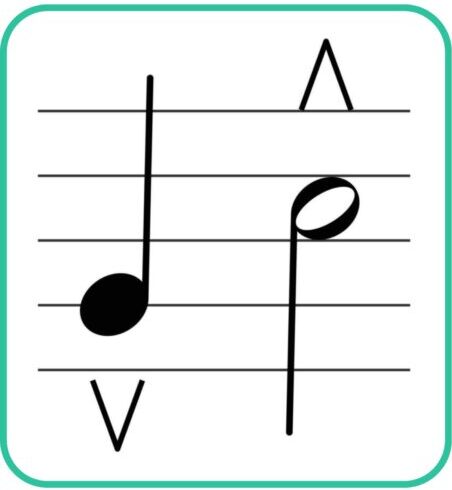
Arpeggiation/roll lines
An arpeggiation symbol or roll shows that the notes of a chord should be played in quick succession (usually ascending). The direction of this sequence can be shown by an up or down facing wavy arrow.
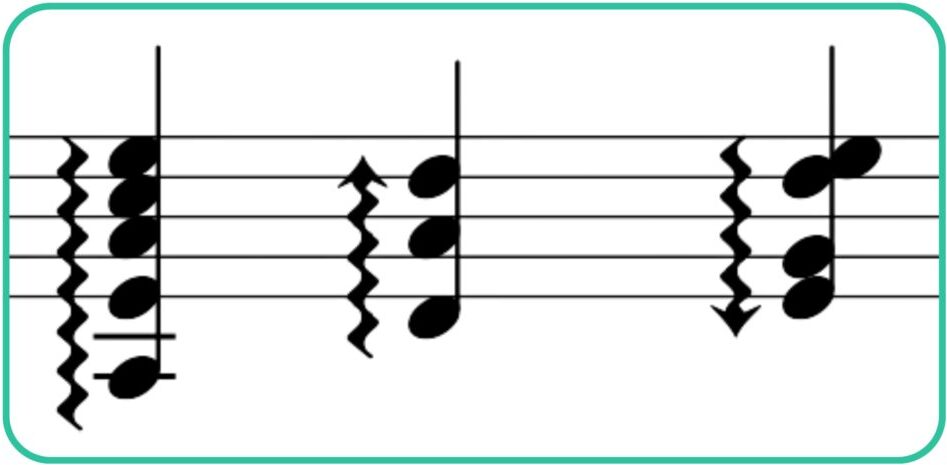
Glissando
A glissando is a rapid ascending or descending succession of notes, usually between two indicated pitches, sliding between as many notes as possible along the way.

Grace notes
Grace notes are quick decorative notes known as ornaments used to embellish a phrase or accompaniment. They are noted with smaller notes near the note they are embellishing.

Appogiatura
An appogiatura is a type of grace note that leans on the main note, taking the denoted duration of the grace note, to create a sense of tension and then resolution to the main note.
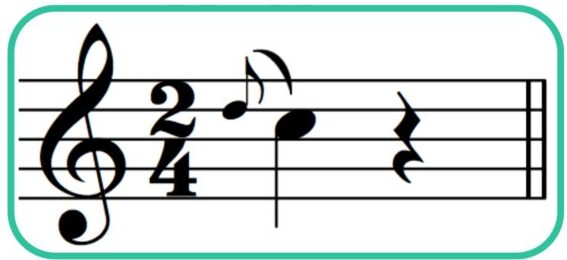
Acciaccatura
An acciaccatura, also known as a ‘crushed note’, is a grace note that is to be played very before a principal note. It is distinguishable from an appoggiatura by the line that goes through the stem.
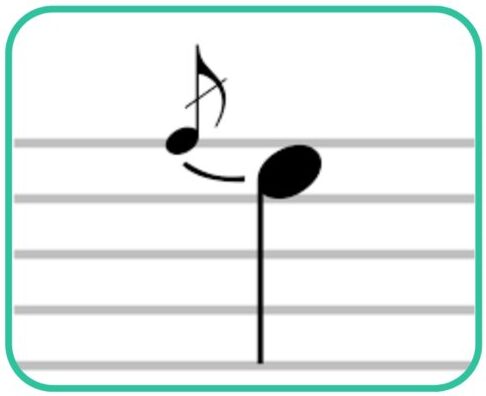
Trills
A trill is a fast alternation between two notes shown by a ‘tr’ or a wavy line.
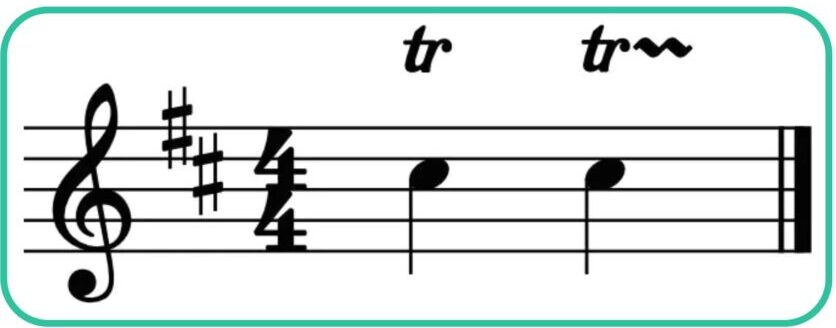
Mordents
A mordent is an ornament requiring rapid movement from written note above or below and back to the written note.

Upper mordent
An upper mordent is an ornament requiring a rapid movement between a written note, the note above it then back to the original note.

Lower mordent
A lower mordent is an ornament requiring the rapid movement between the main note, the note below and then back to the main note.
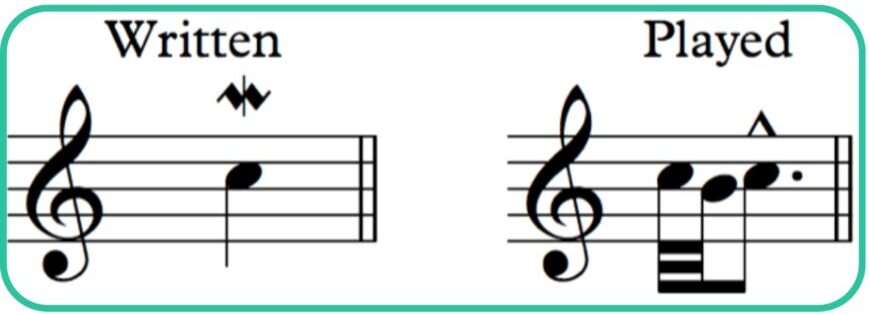
Turns
A turn is an ornament which denotes a flourish played around principal note
Upper turn
An upper turn is an ornament that moves from the note above the main note, to the main note, then to the note below and back to the main note.

Lower turn
A lower turn is a reversal of a normal turn. The pattern starts from the note below, moving up to the main note, then to the note above and back again.
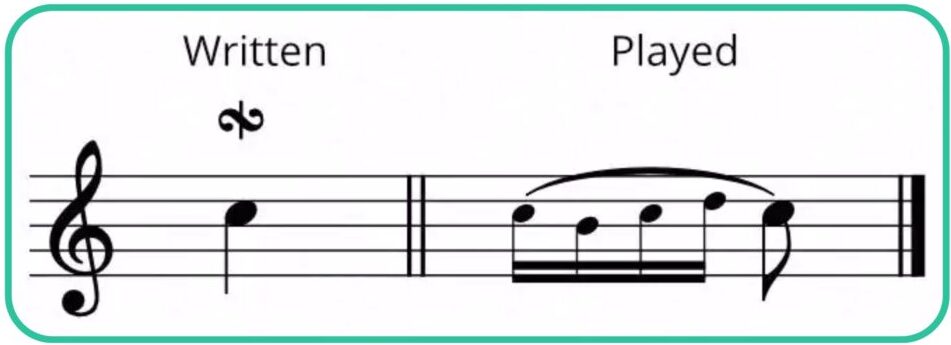
Fermata
A fermata is placed above a note and shows that it should be played for longer than its written duration.
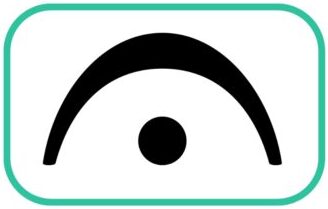
Caesura
A caesura is a symbol that calls for a brief but complete pause in or between passages of music.
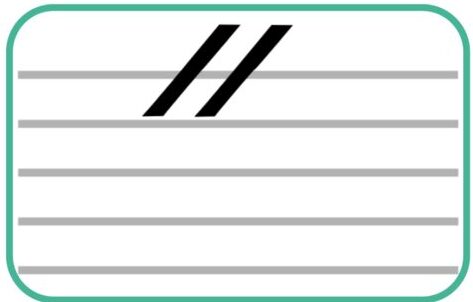
Dynamics and phrasing
Dynamic and phrase marks are used to add nuance to music; they control how you play phrases and what volume you play them at.
Dynamics
Dynamics are abbreviations of Italian terms as symbols which dictate how loudly or quiet music should be played. Dynamics can vary throughout a passage or piece of music.

Crescendo
A crescendo is a gradual increase in volume between two dynamic levels.
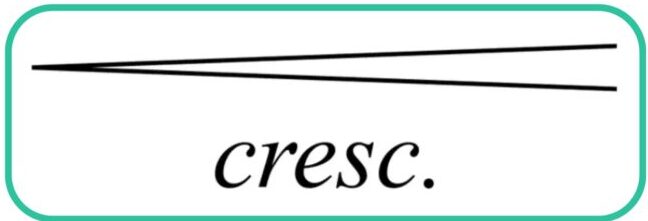
Diminuendo and decrescendo
A diminuendo or decrescendo is a gradual decrease in volume between two dynamic levels.

Breath mark
A breath mark shows a brief pause, or breath for wind player, in a musical passage or phrase.
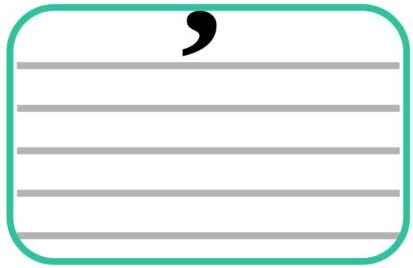
The world of music symbols and where to go from here?
Mastering all the musical symbols in this article is incredibly useful as they can bring so much to your playing and understanding of music. This amount of information may seem overwhelming at first however tools like Skoove’s interactive lessons can help you develop this essential skill effectively. Take on new challenges and try new pieces with one or a few new symbols at the time and you will soon have all these symbols as a valuable part of your musical knowledge. Keep up the good work and happy playing!
Author of this blog post:
Susana Pérez Posada

With over seven years of piano education and a deep passion for music therapy, Susana brings a unique blend of expertise to Skoove. A graduate in Music Therapy from SRH Hochschule Heidelberg and an experienced classical pianist from Universidad EAFIT, she infuses her teaching with a holistic approach that transcends traditional piano lessons. Susana’s writings for Skoove combine her rich musical knowledge with engaging storytelling, enriching the learning experience for pianists of all levels. Away from the piano, she loves exploring new places and immersing herself in a good book, believing these diverse experiences enhance her creative teaching style.



